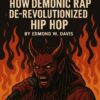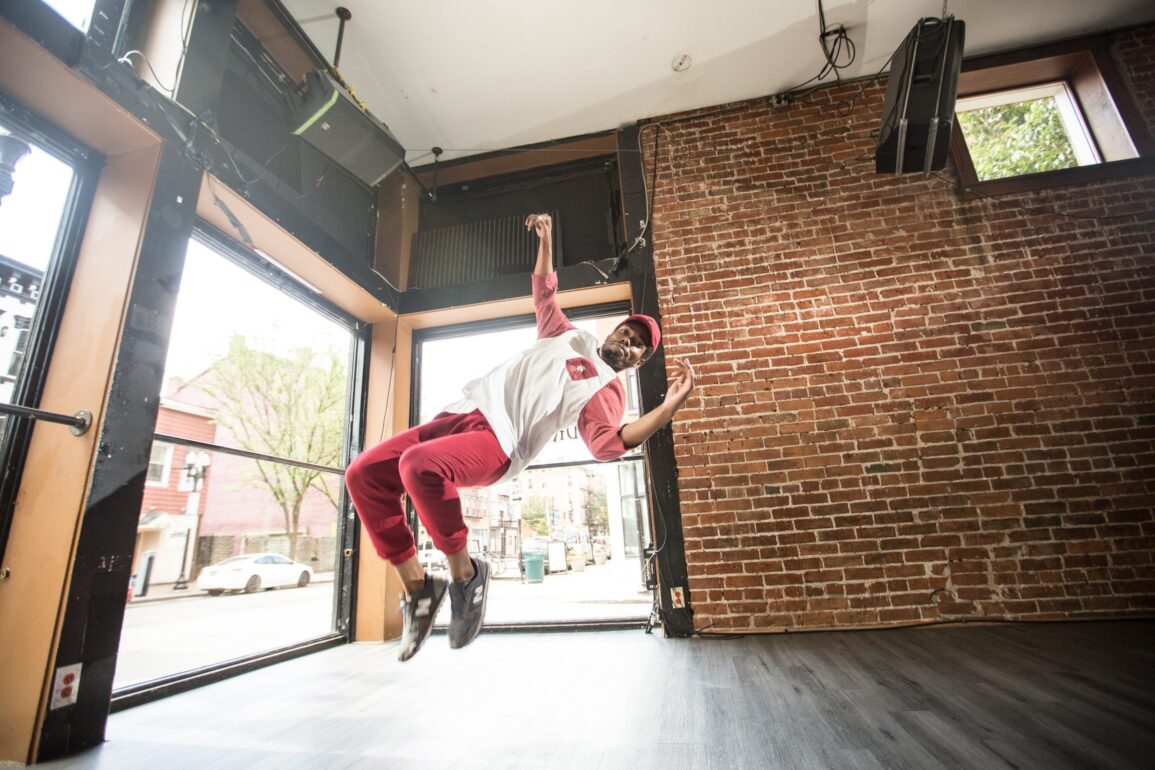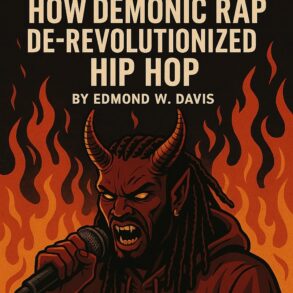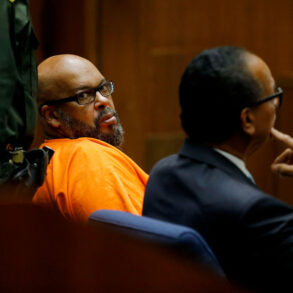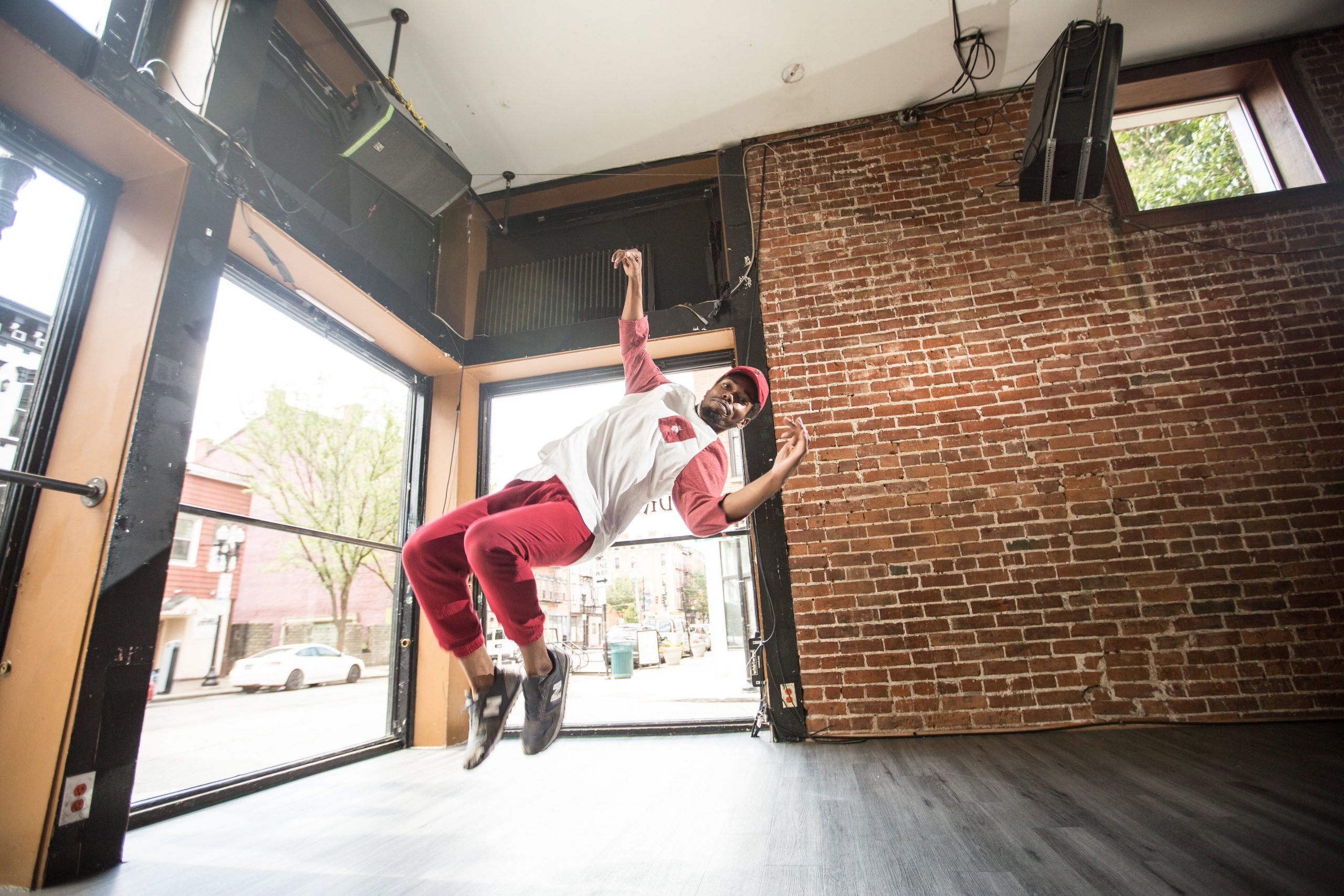
Photograph courtesy Elementz
Since 2002, Elementz has provided young people safe spaces to express themselves through hip-hop culture and gain knowledge of its history. Founded in response to the 2001 death of 19-year-old Timothy Thomas who was shot and killed by a police officer, the nonprofit became an outlet for the urban core to recharge creatively.
According to Executive Director Damian Hoskins, Elementz now offers programming in about 16 different schools across five districts. In the last two years, more than 2,000 youth throughout Cincinnati and Northern Kentucky participated in the cultural arts center’s programming.
After moving to its largest space to date, a 5,000-square-foot building near Cincinnati State, in late January, Elementz resumed programming, including hip-hop dance classes that are open to anyone.
“We have a dance area which is sort of multi-use, but that’s about 2,000 square feet—almost three times any size of space that we have ever had historically,” says Hoskins.
Additionally, he says Elementz’s programming centers around exposing youth to the historical evolution of the artform. Beyond learning movements, instructors teach how hip-hop dance derived from the B-boy element, and is a multi-faceted expression represented by styles that emerged from various coastal influences.
“We inspire our young people to understand those historical contexts because having an understanding of the history also gives them the freedom to be more creative in how they’re engaging in it in the present,” Hoskins says. “There is dance as art therapy—movement as art therapy helps people battle depression and anxiety and things like that, and a lot of people would never have equated that to a career pathway.”
The importance of creative economy is taught to all students at Elementz so no matter what path they go down, they know their own worth.
“We’re going to make sure that these kids are not just seen as performers, but as thought leaders in this work,” Hoskins stressed. “You can’t exploit a thought leader. We have to empower our young people to say This is what we are. We’re not tap dancing for y’all. We’re not going to be exploited. We’re going to be a part of the decision making process, the curation of this work.”
This post was originally published on this site be sure to check out more of their content.


